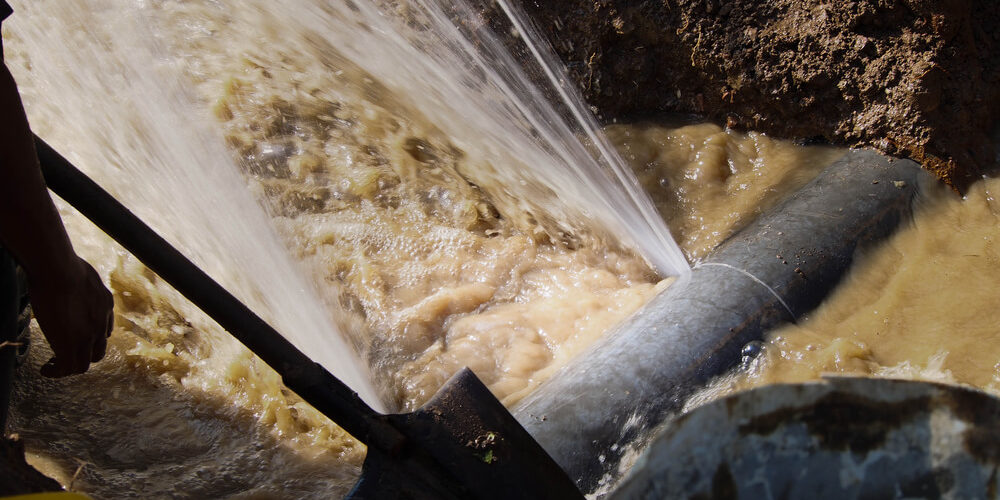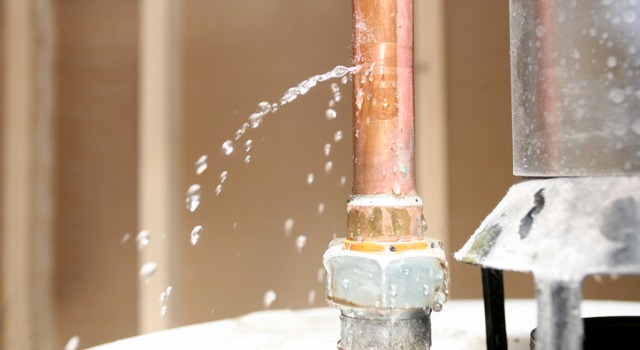Quick-Response Plumbing: Tips for Identifying and also Repairing Ruptured Pipes
Quick-Response Plumbing: Tips for Identifying and also Repairing Ruptured Pipes
Blog Article
Just how do you feel in relation to How to Prepare for Your Dishwasher Installation?

A burst pipe is a significant emergency; you can only stand as you view water you pay very much to rejoin with the earth. In worse instances, you notice a pool on your cooking area floor, which is a terrific journey hazard, particularly if you have kids around. If the pipeline that burst was in your walls, problem: you might require to repaint that entire area.
Just how can a calamity like a burst pipeline be protected against and handled? Well, by paying attention to your specialist emergency plumbers as well as adhering to these regulations.
How do I know when my pipes have ruptured?
Rising and fall water stress
Pipes do not just burst in a day. You may have observed that your cooking area faucet or shower does not run promptly when you transform the tap. It might stop for a couple of secs and afterwards blast you with even more pressure than normal.
In various other circumstances, the water may seem typical at first, then drop in stress after a couple of secs.
Polluted water
Lots of people presume a burst pipe is a one-way outlet. Fairly the contrary. As water spurts of the hole or tear in your plumbing system, pollutants discover their way in.
Your water may be contaminated from the resource, so if you can, examine if your water container has any kind of issues. Nevertheless, if your drinking water is provided and cleansed by the local government, you need to call your plumber quickly if you see or scent anything funny in your water.
Puddles under pipes and sinks
When a pipeline ruptureds, the outflow creates a pool. It might appear that the puddle is expanding in dimension, as well as regardless of the number of times you wipe the puddle, in a few mins, there's an additional one waiting to be cleaned up. Typically, you may not have the ability to map the puddle to any noticeable pipelines. This is a sign to call a specialist plumber.
Damp walls and water discolorations
Before a pipe ruptureds, it will leak, the majority of times. If this persistent dripping goes undetected, the leak might finish into a vast gouge in your pipeline. One simple way to prevent this emergency is to watch out for wet wall surfaces ad water discolorations. These water spots will lead you right to the leakage.
Untraceable leaking sounds
Pipeline bursts can occur in the most undesirable areas, like within concrete, inside walls, or under sinks. When the house goes quiet, you may have the ability to hear an aggravatingly persistent trickling noise. Also after you've inspected your shower head and kitchen area faucet, the dripping might continue.
Beloved reader, the trickling may be originating from a pipe inside your wall surfaces. There isn't much you can do about that, other than inform a professional plumber.
Show up the Warm
Establish fans to blow warm into chilly areas. Keep the garage door shut. If you have minimized water flow, warm one of the most susceptible pipelines (typically in cellars and crawl spaces or near exterior wall surfaces) with a hair dryer. Leave the tap on while you use heat. As you thaw ice, the flow will raise. To prevent pipes from cold, protect your wall surfaces.
Beginning Eliminating the Water
Get hold of the mop, containers and also a shop vacuum to begin to get rid of the water because you definitely do not want it soaking into whatever else in your house. Plus, a quick clean up will certainly reduce the possibilities of something obtaining musty.
What do I do when I spot a burst pipe?
Your water meter will certainly remain to run even while your water wastes. To reduce your losses, discover the major controls and also turn the supply off. The water mains are an above-ground structure beside your building.
How to Fix & Detect a Leaking Pipe
How Do I Know if a Pipe is Leaking?
Leak detection tests can help you determine if your pipe has a leak. Even if you don’t see an apparent leak, you should still conduct leak detection tests regularly to save water and money—and prevent major damage to your home.
Water meter. It can be helpful to figure out what your usual water meter usage numbers are and then monitor them regularly. To monitor your meter, first, turn off all water faucets in your home. Check the meter and write down the numbers. In a few hours, check the meter again. If the numbers have changed, you have a leak. Water gauge. Use a water gauge to test your water pressure. Your showerhead should produce a certain amount of water pressure based on its model and design. If the pressure is lower than it is supposed to be for that specific showerhead, your home likely has a leak. Puddles. Look inside your bathroom, laundry, and kitchen sink cabinets. Puddles around the cabinets or around toilets, tubs, showers, and washing machines indicate the presence of a leaking pipe. You may also notice loose tiles, peeling or flaking paint, or mold caused by water accumulation. Napkin test. Even if you don’t see any puddles, you may still have a leak. You can test for water leaks in the bathroom, laundry, and kitchen by wiping below-sink connections with a napkin, paper towel, or piece of toilet paper. If it becomes damp, you probably have a leaking pipe under the sink. Discolored walls. Walls that are discolored—usually with brown or yellow stains—or bulging might mean that they have been impacted by water damage caused by a leaking pipe. Smell. A leaky pipe will create sitting water, and over time, that water may develop a musty smell. If your home smells musty, but you can’t locate the source, it may be due to a leak. Steps for Fixing a Leaking Pipe
A leaky drain can be remedied by tightening the pipe base, replacing the drain seal, caulking the rim, and tightening the pipe nut. Similarly, a leaking toilet pipe can be treated by tightening the packing nut. You may also need to replace the valve. A leaky faucet may just need tightening or replacement of the washers. If that doesn’t work, consider replacing your faucet. If your pipe has a hole in it, you may want to use a pipe leak sealer or pipe leak tape. This quick fix for water pipe leaks can also temporarily fix a copper pipe leak. https://www.ahs.com/home-matters/quick-tips/how-to-tell-if-pipes-are-leaking/

We are very fascinated with What to Know Before Installing a Dishwasher and I really hope you enjoyed reading the piece. For those who appreciated our blog entry kindly don't forget to pass it around. I take joy in reading our article about How to install a dishwasher safely.
Go Deal Now
Report this page